
Principles of training using Heart Rate Variability (HRV)
Supercompensation, High Intensity Training (HIT), stress and overtraining
By performing a training session you give the body a stressful stimulus or ‘shock’ to disturb its normal state (also known as homeostasis or equilibrium). After the immediate fatigue, the body responds by adapting during recovery so that it can cope with a larger training load next time. This is called super-compensation, because when the body’s energy, muscular and cardiovascular systems rebuild, they make themselves stronger and more capable than before the training took place.
General adaptation syndrome
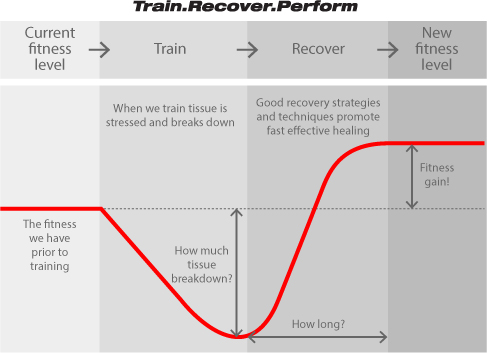
Training, especially High Intensity Training (HIT) is stressful, and deliberately so, as it provides a powerful stimulus for adaptation. The stressed state of the body persists for many hours, or sometimes days after the training stimulus has been applied. The rate or amount of recovery depends on a number of factors, including quality of sleep (especially slow wave sleep), diet, and the level of training to which the person is accustomed. Whilst the body is stressed, the sympathetic ‘fight or flight’ branch of the nervous system is more active, and the parasympathetic branch is less active, but balance is gradually restored during recovery, eventually rising to a level above where it started, in line with the effect of super-compensation.
Stress can come from multiple sources – it can be physical e.g. from training intensively, or it can come from chemical sources such as poor nutrition or too much alcohol and also from mental sources such as work or relationship stress. If the total amount of stress gets too much, combined with too little (or ineffective) recovery, the downwards spiral towards overtraining begins.
Enter Heart Rate Variability (HRV)
Unlike measuring resting heart rate (HR) which is an imprecise mix of multiple elements, HRV is so useful because it allows monitoring of recovery via changes in the timing of each heart beat when breathing slowly in and out (figure 1). These small changes in beat to beat timing can be detected using finger pulse or chest strap heart rate monitors.
Figure 1: Heart rate variability is measured by calculating the time between R spikes on an ECG trace
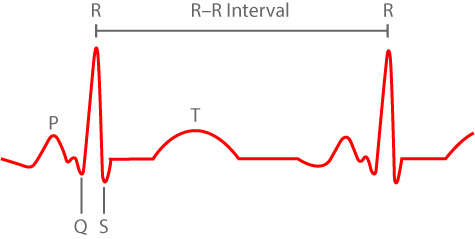
By measuring HRV at the same time every day and comparing to your normal level, you can tell how stressed or recovered you are. Perhaps counter intuitively, less variation is a bad thing, so if someone’s HRV is below his or her normal level, they are more stressed than normal, so they need more recovery before they are ready for an intensive session. On the contrary a high HRV level shows the body is well recovered and ready to respond to any demand placed upon it.
Measure HRV with ithlete
Training should not feel harder than it needs to in order to produce the gains in fitness and performance that we are all looking for. The mantra ‘no gain without pain’ is not only outdated, it’s wrong and potentially damaging to long term health. So the question now is – how to decide which sessions to go hard, and which to go easy to produce the biggest gains in the shortest time?
The answer is to use daily ithlete HRV measurements.
The application of ithlete HRV is simple: on days where your HRV is at or higher than your normal baseline, do the harder or interval sessions from your training plan, and on days where HRV is below normal, perform easy sessions or take a complete rest.
Exercise scientists have also noted that training hard on days where your body has sufficient reserves is easier to perform, and is likely to produce bigger performance gains than if you try to perform those sessions when tired. On the other hand, easy aerobic training actually stimulates recovery (as well as the ability to use fats as fuel) better than complete rest. Who wouldn’t prefer to work in sync with their body and see bigger rewards?
Follow these four easy steps to get started with ithlete today!
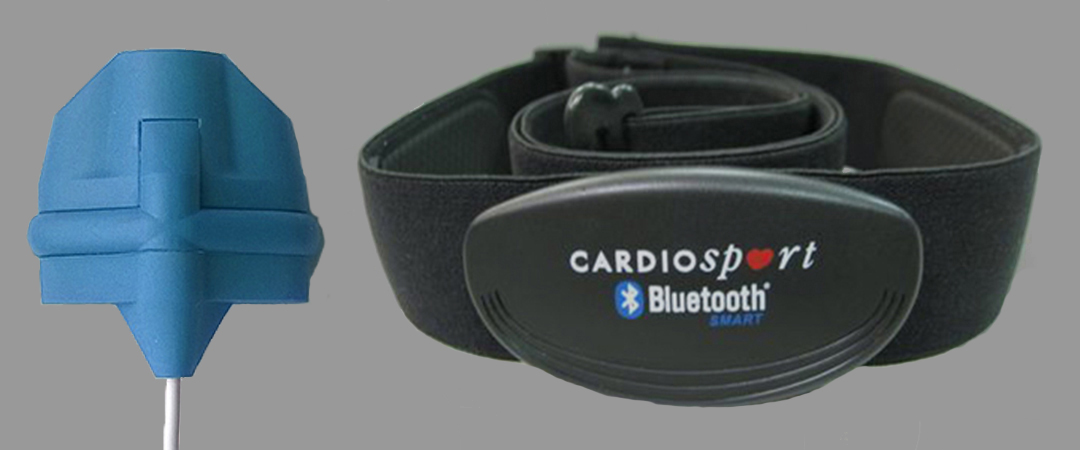
Choose a heart rate sensor
To measure heart rate variability (HRV) with ithlete you’ll need a heart rate sensor. You have the option to use an ithlete finger sensor or chest strap monitor. If you have a recent iPhone, iPad or Android device you may like to use our Bluetooth Smart chest strap monitor, or alternatively grab a Polar type analogue strap (we also offer one of these) and an ithlete ECG receiver to pick up the signal. Visit the ithlete store to find your preferred sensor.
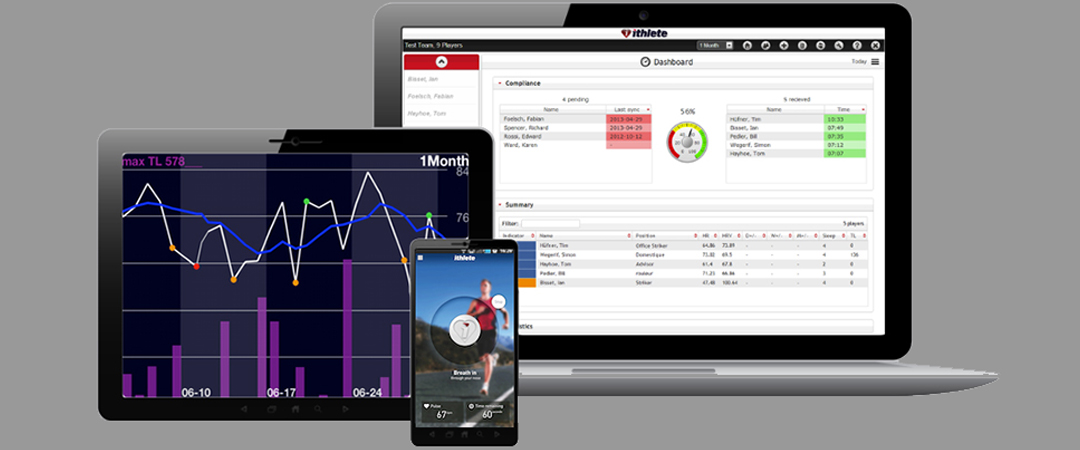
Download the ithlete app
ithlete is available on both iOS and Android devices and can be downloaded from the App Store or Google Play. If you do want to check your model of smartphone or tablet is compatible check our FAQ page.
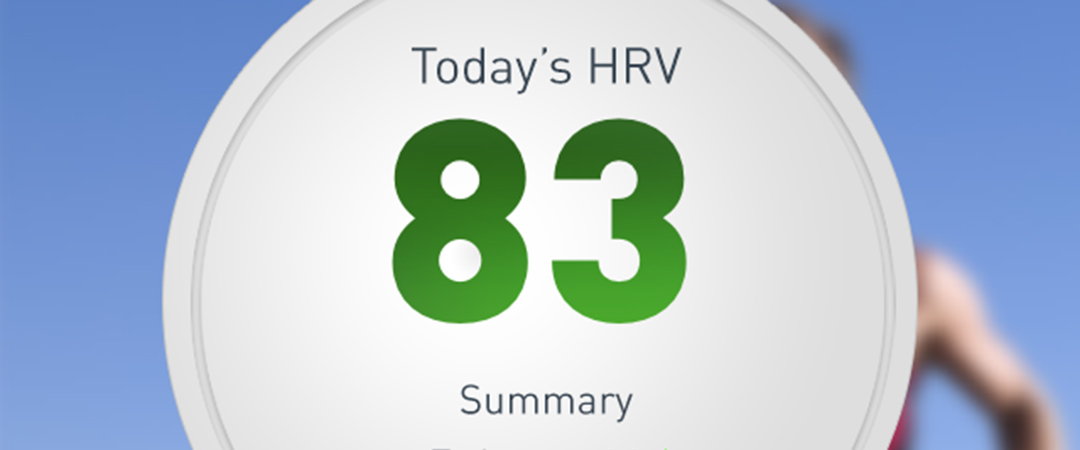
One minute daily measurement
After waking each morning relax and sit comfortably, slip on a chest strap or finger sensor and follow the on screen instructions to get an accurate reading of your heart rate variability. Taking the measurement couldn’t be simpler and in 60 seconds you will have a personalised training recommendation for the day.

Reap the benefits of training with ithlete
The idea is quite simple. Training is all about stress and recovery. A hard session, lack of sleep, mental stress etc. will lower your number. If your reading drops significantly, take this as an early warning that you are overloading the system. On the other hand a high score lets you know you should make the most out of the day. Benefits of this include avoiding overtraining, workout optimisation, guilt free rest days, improved performance and much more!


